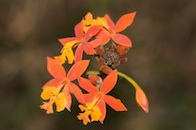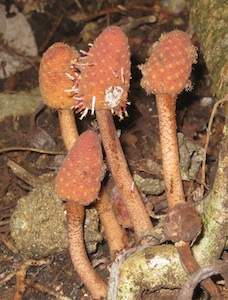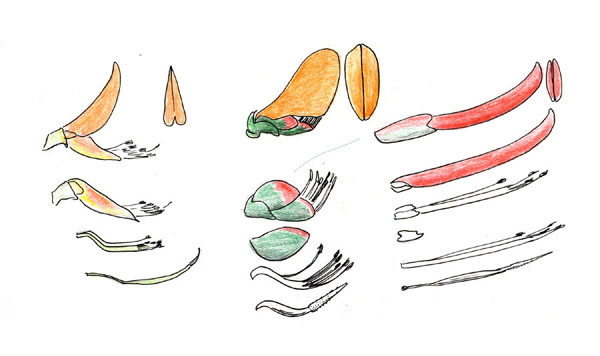
January, 2023
led by Wes Testo (westontesto@gmail.com) and Jacob Suissa (jsuissa17@gmail.com)
with logistical support from Dave Barrington (dbarring@uvm.edu)
probably General Goals:
1. to compare the diversity of flowering plants and ferns in a diversity of tropical American forest types to be encountered in Costa Rica, including as many moisture and temperature regimes as possible.
2. to appreciate the relationship between the Costa Rican people and their landscape.
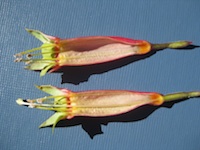
Curriculum:
The overall goal of the course is to study tropical
flowering plant diversity as it relates to variety of
forest types in Costa Rica. Our activity in each of the
forests will be as follows. We will survey the forest for
flowering-plant and fern diversity, assembling a list of
plants to the genus level. We will dissect flowers and
fruits on site to teach the morphology and taxonomy
of tropical flowering plants; from this activity, we will
build a working knowledge of the field recognition
characters useful for identifying tropical plants. We
emphasize field recognition of flowering-plant families,
because this training is transportable to any other
tropical forest in the world.
We provide additional insight into the
flowering plants and ferns of Costa Rica in the following
disciplines: 1) the historical biogeography of tropical
American plants, with emphasis on the migration of
northern and southern elements in the origin of the Costa
Rican flora; 2) the vertical structure of the tropical
forests that we encounter using a life-forms approach,
through training in the recognition and
classification of the plants we encounter into different
life forms; 3) the pollination and dispersal ecology of
the flowering plants we encounter, and 4) the economic
significance of the these plants and the families to which
they belong.
Many students choose to collect small
fragments for reference: these are taped into a loose-leaf
notebook (particularly artistic types simply draw the
plants). Digital photographs have become a major
tool in learning the overwhelming diversity in these
forests. We may also do short-term group
research projects at some sites.
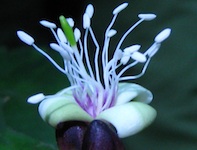
Forests
(Cited forest types are those of the Holdridge Life Zone System.)
Cerro de la Muerte: high montane rain páramo and high montane wet forest dominated by oak species - mixture of Andean and Cordilleran Western North American elements - many familiar genera. Simple lodging in a roadside restaurant and rooming house.
Monteverde:
three forst types! Premontane and lower montane wet forest
and rain forest (the classic cloud forest of the media)
rich in exotic species of all types, dominated by figs,
avocados, etc. Lodging and meals at a biological reserve
above the town, at the edge of original forest.
Osa (Corcovado): tropical rain forest with Amazonian affinities - including legumes, brazilnut family, Bombacaceae etc etc - hike into the national park along the beach with a guide and camp on the beach, explore the forest from the beach.
Santa
Rosa (Guanacaste): tropical (=sea-level) moist
forest dominated by legume trees, Sapindales, etc;
evergreen but seasonally very dry (some trees are
deciduous). At the coast itself there are small tracts of
true tropical dry forest, mangrove associations, seabeach
flora, and other coastal plant associations. Camping at a
national park with running water and cold showers.
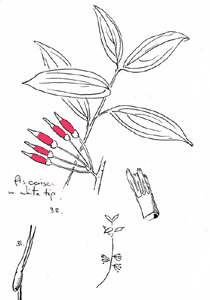
Costs:
Overall cost estimate is AT LEAST $1500 in country, all
expenses included. Airfare is extra. The $1500 includes
your share of the van in Costa Rica, room and board.
It does not include the cost of gifts and the like.
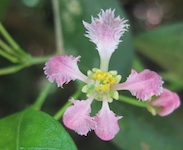
The PBIO 232 Course: s
You must sign up for Plant Biology 232 for two
credits. You must have our permission to go on the
trip to register for the course; we will do an over-ride
once we have talked. This is a regular spring
course, open for registration Nov. 15.
Additional information below.
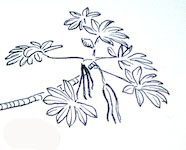
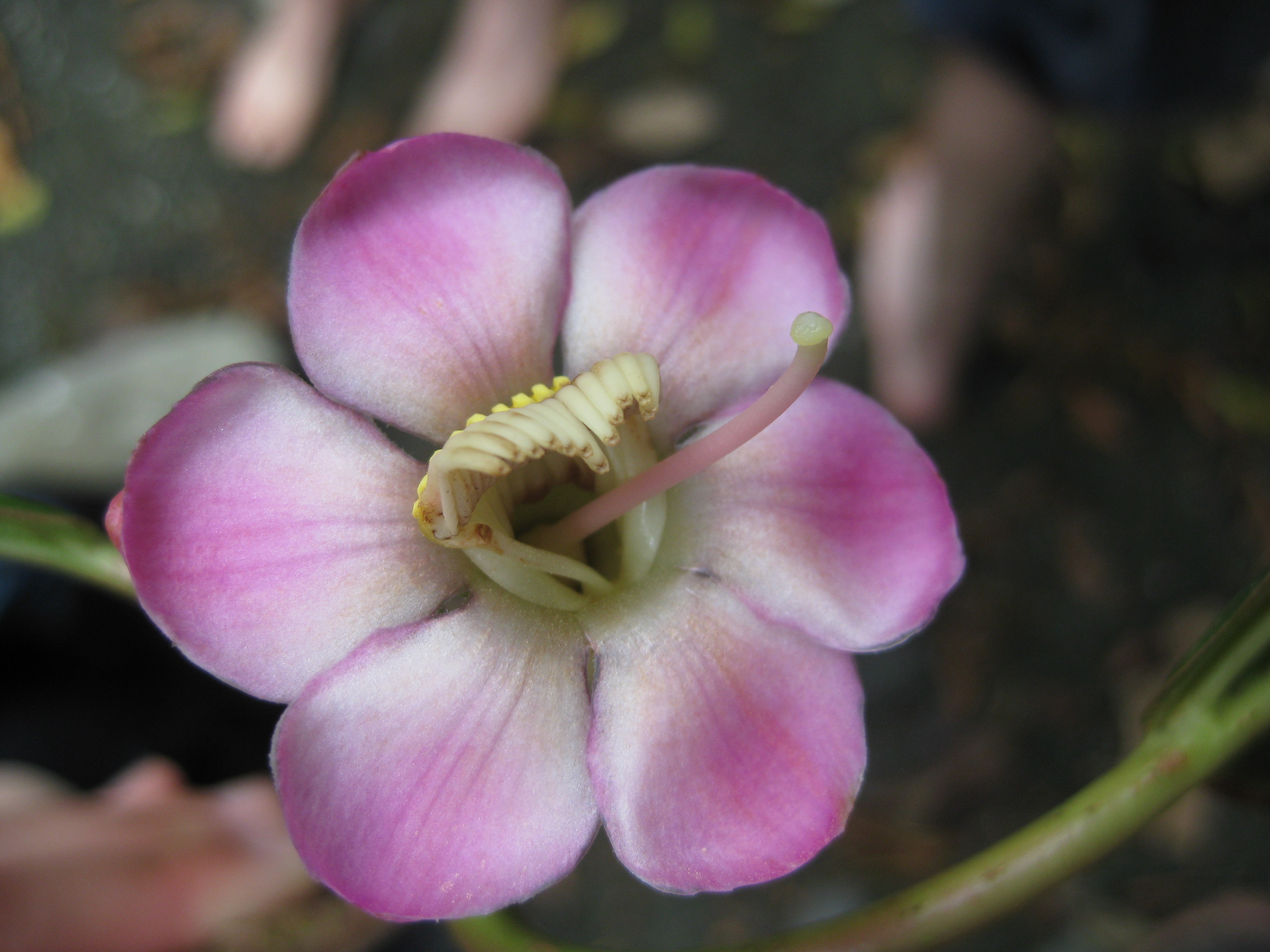
What to do if you want to go:
You must have taken Plant Biology 109 (offered both summer or fall) or an equivalent introductory plant systematics course to go (dendrology is also adequate preparation). Ask to be put on our list of participants at any time (email, dbarring@uvm.edu), first come first serve with certain restrictions. These are - first priority goes to anyone who has taken Plant Biology 241, then UVM undergraduates, then UVM graduate students. Others encouraged to inquire, especially from other universities. Two to three spaces reserved for others who will add to the trip experience. Total group size is about 20.
